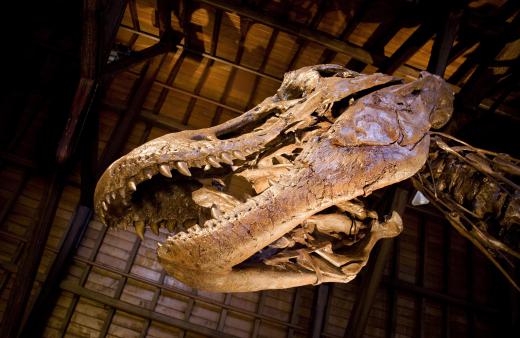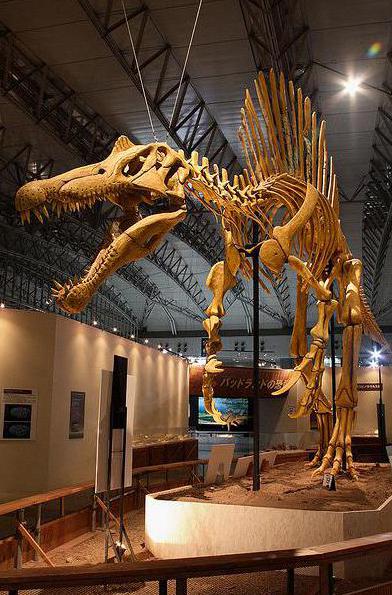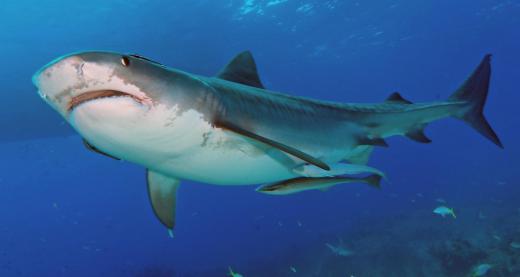Which Organisms Were Lost During the Cretaceous-Tertiary Extinction Event?
 Michael Anissimov
Michael Anissimov
The Cretaceous-Tertiary extinction event was the second greatest mass extinction of all time, but substantially closer in magnitude to the third, the Ordovician extinction, than the first, the Permian-Triassic extinction. Occurring about 65.5 million years ago, the Cretaceous-Tertiary extinction event is thought to have been caused by a massive asteroid impact in the Yucatan peninsula of modern-day Mexico.
The asteroid thought to have caused the Cretaceous-Tertiary extinction event was approximately 10 km (6 mi) in diameter and left a crater at least 180 km (110 mi) wide. The asteroid, traveling at approximately 17 km/s, arrived at a sharp angle traveling northwest. The resulting impact would have ignited every tree within about 800 miles of the impact point and ejected more than 80 cubic miles of melted rock in the direction of the North American continent.

Over the next hour or so, this would have rained molten fire on most of what is now the United States, killing many organisms directly. Tiny particles of dust would rise to the stratosphere and stay there, blocking out the Sun for up to a decade. This severely disrupted photosynthesis and caused the death of many plants.
The Cretaceous-Tertiary extinction event devastated life on land and sea. In the oceans, half of all diatoms were wiped out, along with numerous benthic foraminifera (important marine microbes). Animals that depended upon primary production (plants and algae) preferentially extinct, while omnivores, detrivores, and fungi survived. Numerous cephalopod groups went extinct, including all the ammonites and belemnoids, iconic marine animals of the Mesozoic. Rudists, reef-building clams, went extinct, as did about 20% of the shark family and 30% of echidnoderms (starfish and relatives). Mosasaurs and plesiosaurs, two gigantic varieties of reptilian marine predator, also went extinct during the Cretaceous-Tertiary extinction event.

Terrestrial animals suffered the greatest losses. All non-avian dinosaurs went extinct, including theropods (meat eaters like T. Rex), sauropods (huge quadrupeds like Brachiosaurus), and ornithischians (the rest, including herbivores like Triceratops). The reason for their extinction is likely threefold -- their large size makes them dependent on having lots of food available, they lacked the ability to burrow, swim, or dive, meaning they had nowhere to hide from the worst environmental stresses, and they depended largely on primary production (plants), which mostly died out due to the Sun being blocked.

Meanwhile, in the wake of the dinosaurs' extinction, two groups began to diversify and thrive: birds, which were descended from dinosaurs, and mammals, which had already existed for dozens of millions of years as small insectivores and omnivores running around in the shadows of dinosaurs.
AS FEATURED ON:
AS FEATURED ON:













Discuss this Article
Post your comments